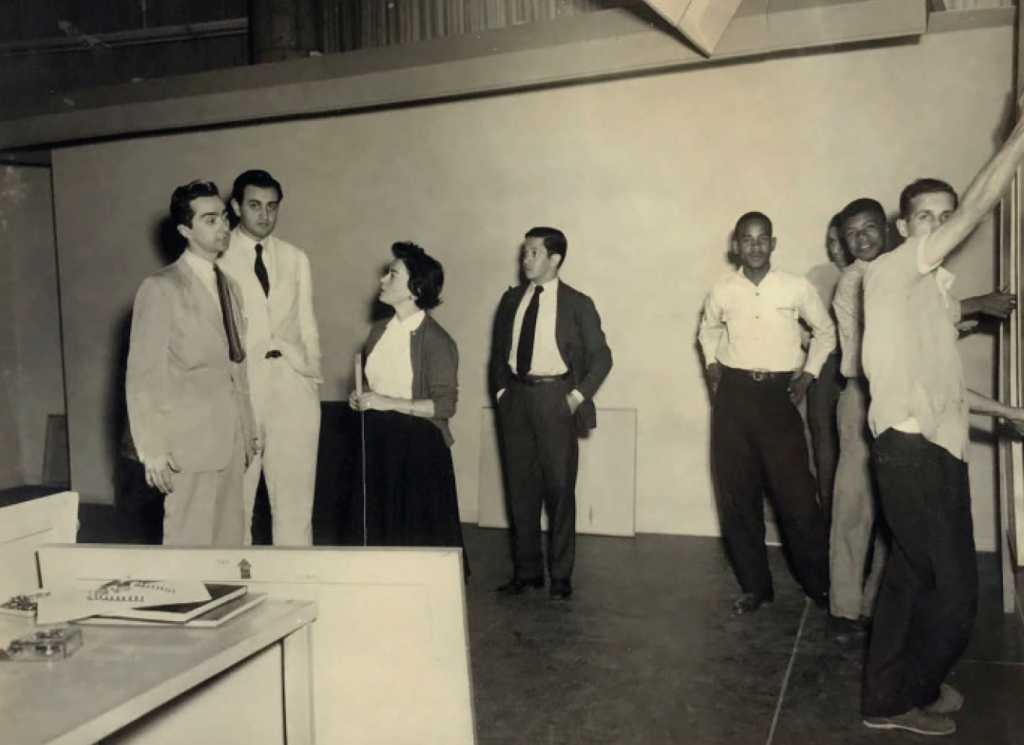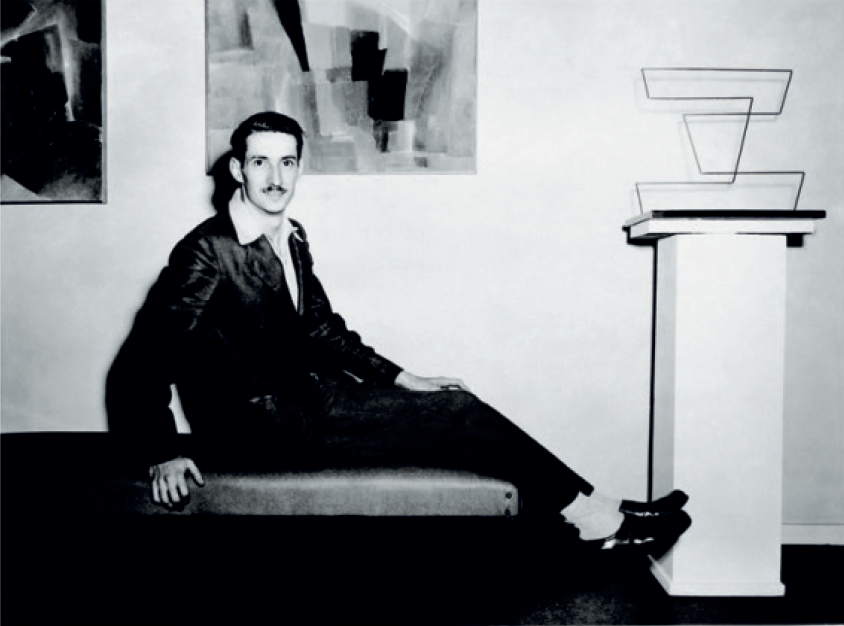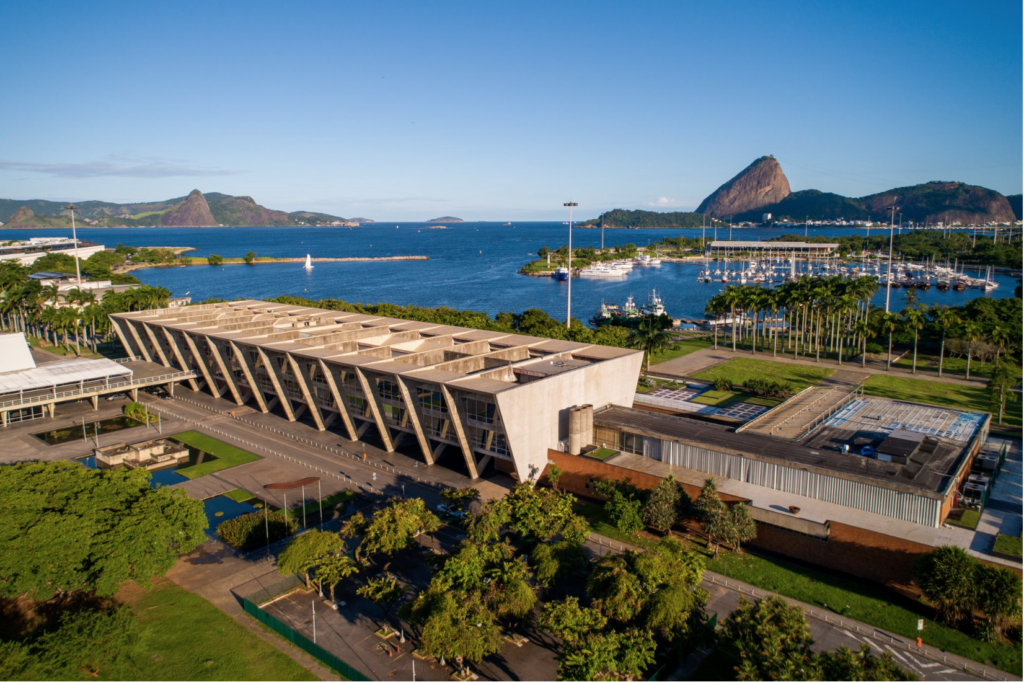Mad in Brazil
The last section of the last chapter of Décio Pignatari’s book Contracomunicação (“Countercommunication”, first published in 1971) gives interesting insights about ESDI and its place in Brazilian culture.
Under the title “Mad in Brazil”, Pignatari starts by briefly describing the main political forces in the country since 1932, and how it resulted in São Paulo having the art biennial, and Rio de Janeiro the school of Industrial Design ESDI.
We are talking about two state capitals of Brazil’s southeast region, cities that even if closely intertwined, culturally and economically, also always had their divergences and, without exaggeration, a certain mutual enmity. This is characteristic of regionalism, regional pride and competitiveness.
So it is that Pignatari doesn’t hide this “opposition”, stating that São Paulo represented “the capacity of infra-structural organization in the corporate and industrial levels, and Rio de Janeiro the super-structural capacity of political-ideological production for the entire country, especially from Rio de Janeiro till up to the North.” With the humorous wordplay “Mad in Brazil”, he meant that in the field of industrial design, Brazil had the heads switched, as it were, due to regional divergences between São Paulo and Rio.
Ultimately, he is talking about the opposition between craft and industry, and how the two economically powerful regional cultures, paulista and fluminense, tried to deal with this opposition, not always succeeding, according to the author. Brazilian furniture design since the 1930s, he says, reveals “certain characteristics of the transition between craft and industry”.




In 1951, Swiss architect, artist and designer Max Bill had a retrospective show at the São Paulo Museum of Modern Art (MASP) and in the same year also won the sculpture prize of the 1st São Paulo Biennial with his stainless steel-made Tripartite Unity. The extent to which Bill was an influence on the Brazilian artistic scene remains an open debate with opposing views on the matter (see Fernando Cocchiarale and Anna Bella Geiger’s classic study Abstracionismo Geométrico e Informal). In late 1952, Ruptura concrete artists exhibited at the São Paulo Museum of Modern Art, marking the beginning of concrete art in Brazil. They were initially seven: Anatol Wladyslaw, Leopoldo Haar, Lothar Charoux, Kazmer Féjer, Geraldo de Barros, Luiz Sacilotto and Waldemar Cordeiro, the leading figure. Pignatari states that he himself was part of the group and that they were “ideologically engaged, in clear contrast to Calvinist Max Bill”.
Rio de Janeiro also became a stage for concrete artistic investigation, having artist and professor Ivan Serpa as the leading figure of Grupo Frente. Working since at least 1952, their first public exhibition was in 1954, and among its most interesting members, it is worth mentioning Aluísio Carvão, Lygia Clark, Lygia Pape, Hélio Oiticica and Franz Weissmann, as well as aforementioned Serpa. They had the strong support of art critics and intellectuals Ferreira Gullar and Mario Pedrosa.
I find it important to keep the history of design connected to the history of the visual arts, very much in the Bauhaus spirit, so that is why I felt it necessary to summarize some important events of Brazilian modern art history.
Beyond the regional cultural dispute between the two states, Rio de Janeiro and São Paulo, which, by the way, has informed my own biography in unavoidable ways (I was born and raised in São Paulo but my family is from Rio), let’s resume ESDI’s origins as told by Pignatari, with some of my own remarks about the macro-context.
In October 1955 Brazil had elections. Juscelino Kubitschek became president and served from 1956 to 1961. A strong believer and supporter of development and modernism, it was under him that Brasilia was built and substituted Rio as the country’s capital. He had already bet on Oscar Niemeyer in the early 1940s while mayor of Belo Horizonte, resulting in the groundbreaking Pampulha modern ensemble. His period as president was marked by political stability, but, sadly, prioritized foreign automotive industry over rail transport (which was already in exponential decline).
The period of 1951 to 1964, therefore, was marked by openness, internationalism and intense cultural and industrial development. It was in that period that many ties between Brazilian, German and Argentinian modernists and intellectuals strengthened. In 1958, Brazilian designer Alexandre Wollner came back from Ulm graduated, together with Bill’s former assistant Karlheinz Bergmiller. In Ulm, Wollner attended classes of Tomás Maldonado, Max Bense, and Josef Albers, and worked in Otl Aicher’s office. According to Pignatari, both Wollner and Bergmiller would be instrumental to ESDI’s foundation, which was conceived along the lines of HfG Ulm and owed its existence to direct efforts of then Secretary of Education Flexa Ribeiro. Curiously, Pignatari doesn’t mention Niomar Muniz Sodré, an interesting woman, art collector and director of Rio de Janeiro’s Museum of Modern art (MAM-RJ) from 1951 to 1961. It was Muniz Sodré who invited architect Affonso Eduardo Reidy to design the museum’s new building, built between 1954 and 1967, in the paradigmatic Aterro do Flamengo, one of the pinnacles of Brazilian modernism designed by landscape architect Roberto Burle Marx and inaugurated in 1965.
Although ESDI is considered an important milestone, and fairly, other initiatives preceded design education in Brazil, such as the creation of a course at the Institute of Contemporary Art (IAC) in 1950, at the São Paulo Art Museum (MASP) by Lina Bo Bardi.
Pignatari concludes: there is a latin-american “pragmatism” to which Brazil has the vocation to give a certain creative contribution. A school of industrial design must be a school that teaches the “design of processes”, and not prescribed methodologies. He criticizes the Bauhaus-Ulm tradition, arguing that the emphasis on “methodologies” turned out to produce “content-fixed” results, since these come with an easily recognizable style. A school teaching the design of processes must open up language possibilities, he says, and not merely produce variations of a single language or style.
In spite of this criticism towards the Bauhaus-Ulm tradition, his high intellectual standards were constructive and concerned with the freedoms of creativity and the potentials of experimentation. Otherwise, why would he himself have worked as a professor in ESDI, from 1964 to 1975, if not to propose his own approach?
By the end of the book’s section, he evokes Oswald de Andrade and mentions Aloysio Magalhães as an example of an interesting Brazilian designer “who best [anthropophagically] ‘cannibalized’ the Ulm experience without ever attending its classes”. Pignatari is, as I see it, a transitional figure between the Bauhaus paradigm, which was already in decline in the early 1960s, and the then emerging “communicational” paradigm, which influenced the visual arts and architecture more visibly and strongly than it influenced industrial design. The last reference he evokes is telling, in this regard: Abraham Moles, who teached in HfG Ulm. “Mad in Brazil” is worth reading.